21 | Add to Reading ListSource URL: astrology.alabe.comLanguage: English - Date: 2015-01-13 12:28:17
|
|---|
22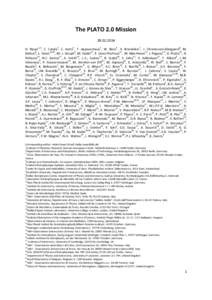 | Add to Reading ListSource URL: arxiv.orgLanguage: English - Date: 2014-03-04 20:07:56
|
|---|
23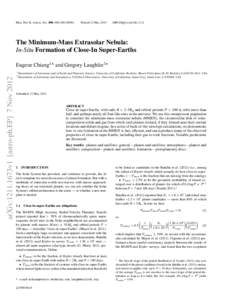 | Add to Reading ListSource URL: arxiv.orgLanguage: English - Date: 2013-05-12 12:58:36
|
|---|
24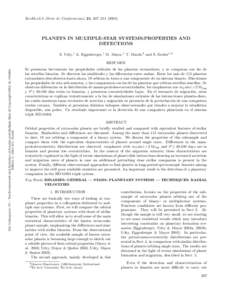 | Add to Reading ListSource URL: www.astroscu.unam.mxLanguage: English - Date: 2009-05-14 21:43:18
|
|---|
25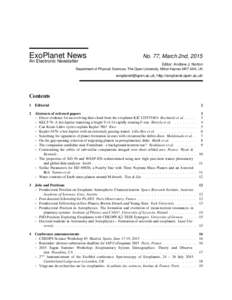 | Add to Reading ListSource URL: exoplanet.open.ac.ukLanguage: English - Date: 2015-03-02 06:12:36
|
|---|
26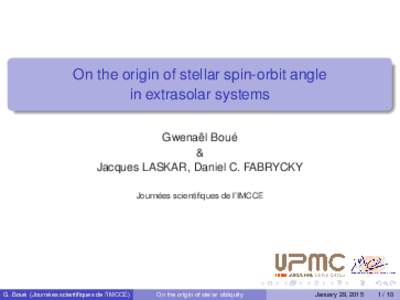 | Add to Reading ListSource URL: www.imcce.frLanguage: English - Date: 2015-01-31 11:32:55
|
|---|
27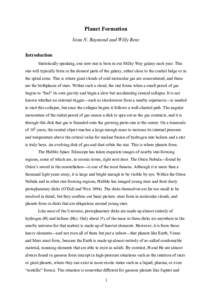 | Add to Reading ListSource URL: www.obs.u-bordeaux1.frLanguage: English - Date: 2012-11-22 04:13:39
|
|---|
28![The Observational Case for Jupiter Being a Typical Massive Planet CHARLES H. LINEWEAVER and DANIEL GRETHER University of New South Wales [removed] The Observational Case for Jupiter Being a Typical Massive Planet CHARLES H. LINEWEAVER and DANIEL GRETHER University of New South Wales [removed]](https://www.pdfsearch.io/img/3a4a73951af48b43838806a0d274f0f7.jpg) | Add to Reading ListSource URL: www.mso.anu.edu.auLanguage: English - Date: 2002-08-07 03:35:42
|
|---|
29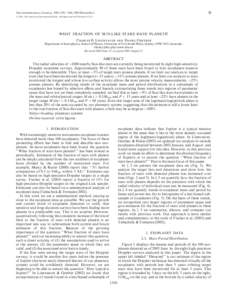 | Add to Reading ListSource URL: www.mso.anu.edu.auLanguage: English - Date: 2004-12-11 02:03:45
|
|---|
30![arXiv:1001.3577v1 [astro-ph.EP] 20 Jan[removed]The physical properties of extrasolar planets I Baraffe1,2 , G Chabrier1 and T Barman3 ´ Ecole arXiv:1001.3577v1 [astro-ph.EP] 20 Jan[removed]The physical properties of extrasolar planets I Baraffe1,2 , G Chabrier1 and T Barman3 ´ Ecole](https://www.pdfsearch.io/img/fe169e1d4ed03ffc2b76044b83d1208b.jpg) | Add to Reading ListSource URL: astro.berkeley.eduLanguage: English - Date: 2012-11-04 13:12:45
|
|---|